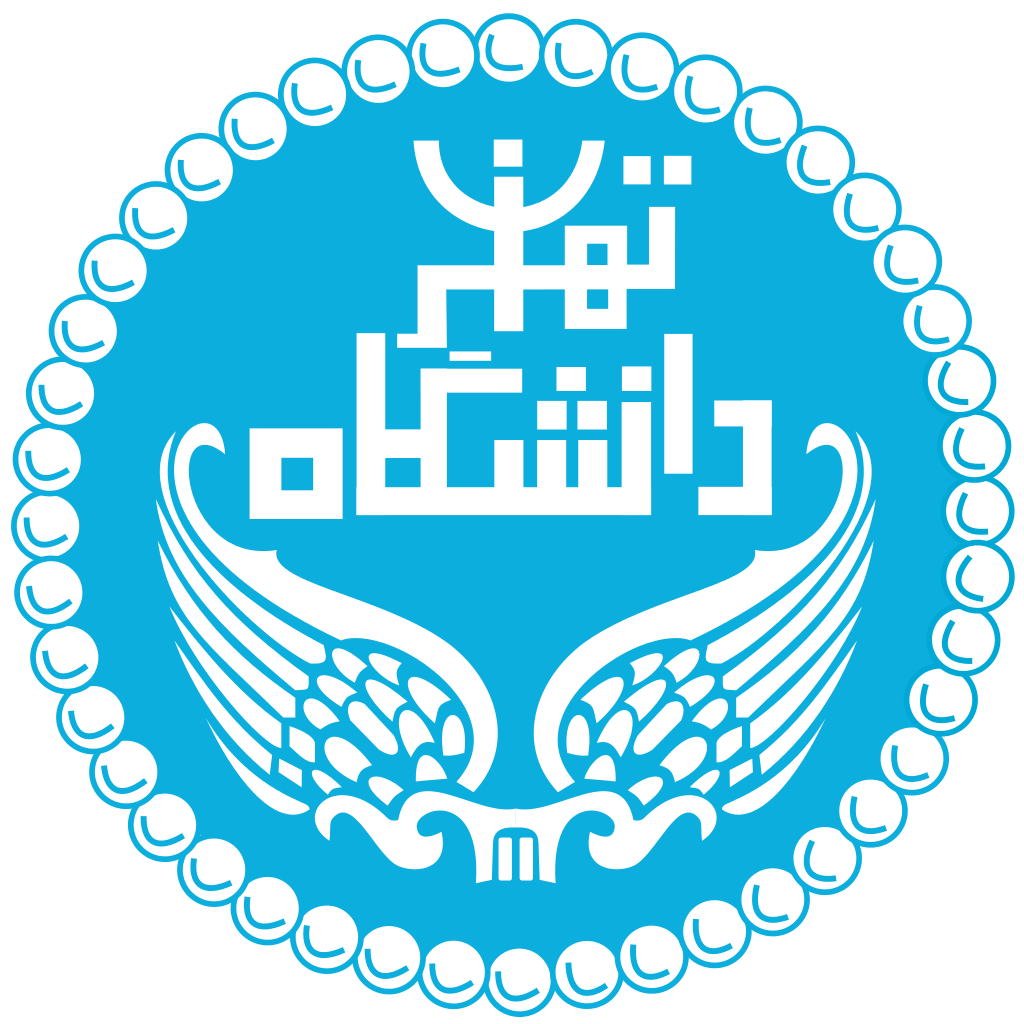Home - آزمایشگاه شبیهسازی دینامیک شارهها و علوم گرمایی cfdtherms
COMPUTATIONAL THERMO-FLUID DYNAMICS LAB (CTFDL)
Welcome to the website of the CTFDL in the Faculty of New Sciences and Technologies at the University of Tehran. The Lab is committed to advanced modeling and computational thermo-fluid dynamics of multidisciplinary fluids engineering problems, with emphasis on:
- Coupling methodologies for discretized fluid flow and heat transfer equations
- Steady and unsteady-wavy falling film instabilities
- Condensation and absorption in two-phase flows
- Unsteady flows around bio-inspired pitching and flapping wing
- Hydrogen combustion and clean energy
In the Lab, we develop computational tools using FORTRAN/C++ object-oriented programming that are algorithmically efficient, robust, parallelized, and scalable to thermo-fluid flows of practical interest.







